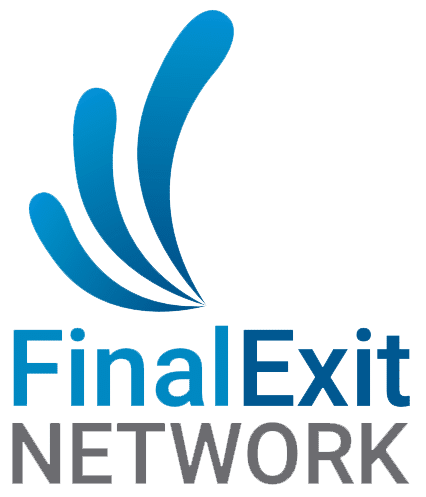
Many older people decide for themselves that they don’t want to be wholly dependent on others, and they don’t want to be remembered as someone in that circumstance. Others do not want to be an increasing burden on their family, a decision that is theirs, irrespective of whether the family feels that they are a burden. Such old and increasingly infirm individuals may get little, if any, pleasure from living with myriad physical dysfunctions, and all that such health problems entail. They are the ones who should decide whether their lives are any longer worth living.











